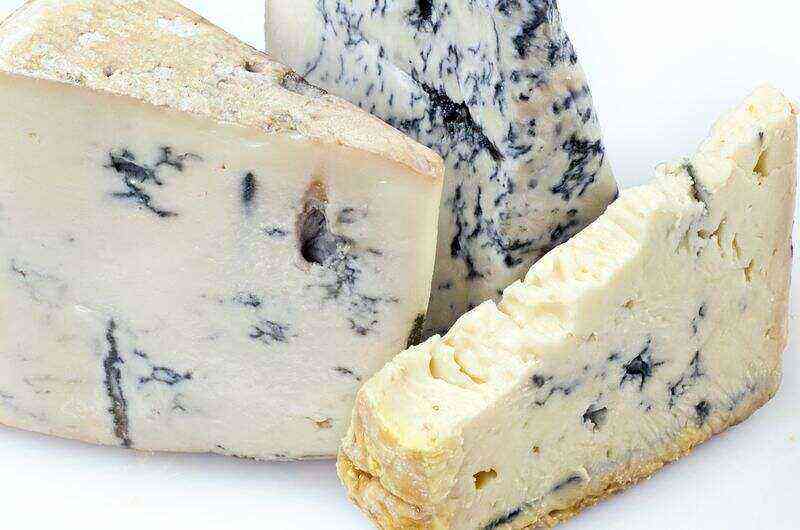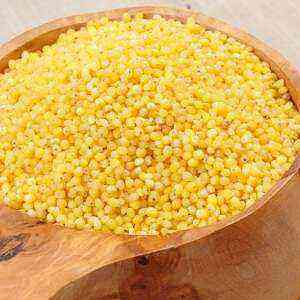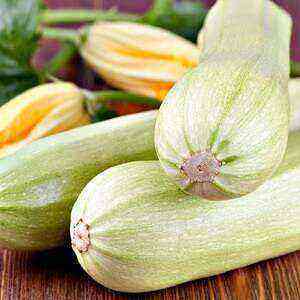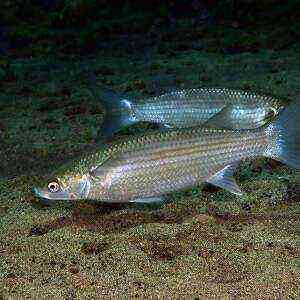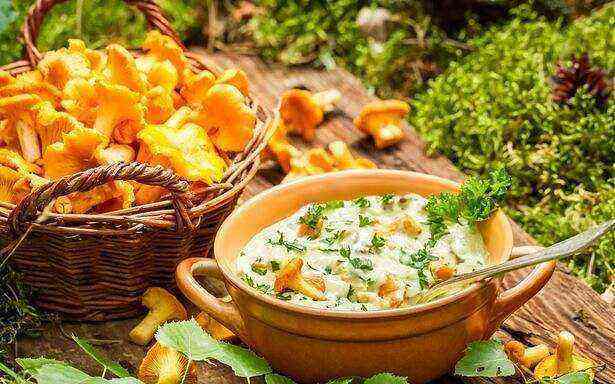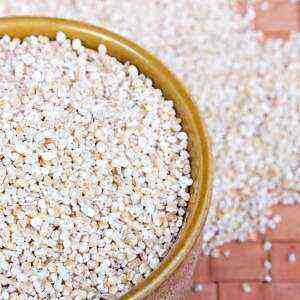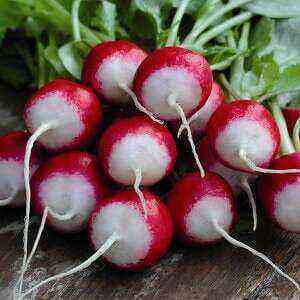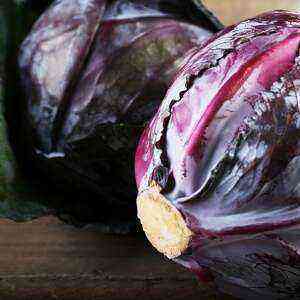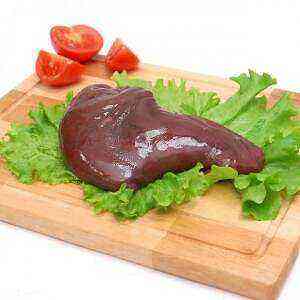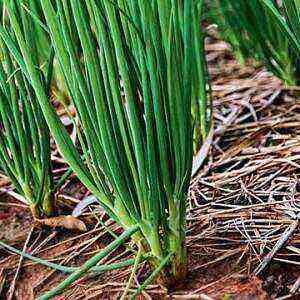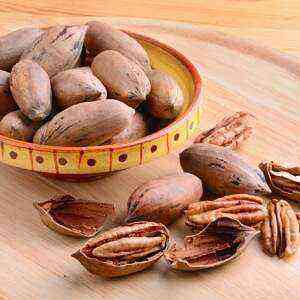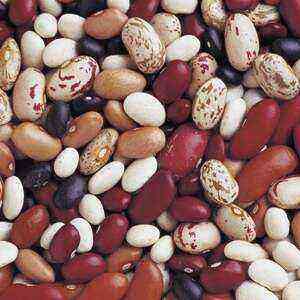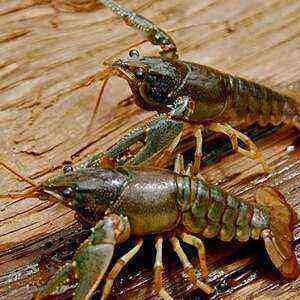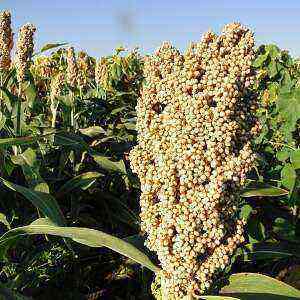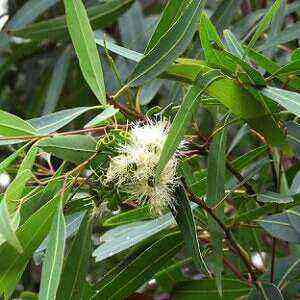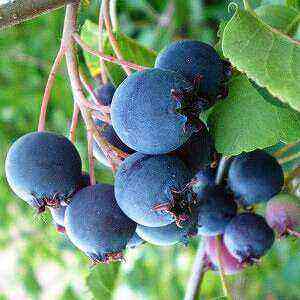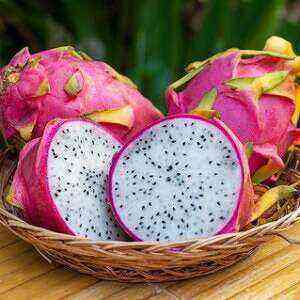Cashew, or in other words, western anacadium (lat.Anacardium occidentale) is a tree with edible nuts, belonging to the sumac family. The homeland of cashews is Brazil. Nuts were already familiar to the Indians living in the territory of modern Brazil, therefore this tree has been cultivated since ancient times.
The Indians used cashews for food, as well as for ritual and medicinal purposes. Not only fruits were used – many valuable substances are also contained in the leaves, bark and wood of trees. It was from Brazil that the nut was brought to Europe, Africa and North America.
Composition and useful properties
Cashew nuts are very nutritious and healthy food. Cashews are rich in proteins and carbohydrates, fatty acids and oils, vitamins A, B1 and B2. The composition contains a large amount of iron, zinc and phosphorus, as well as calcium and potassium.
Regular consumption of these nuts strengthens the immune system, improves metabolism, strengthens the cardiovascular system, and lowers cholesterol and blood sugar levels. There is a misconception about the increased calorie content of cashews (633 kcal per 100 grams), but in fact they contain less fat than almonds, peanuts or walnuts, and are more dietary. They have a tonic, antimicrobial, antiseptic and immunomodulating effect, strengthen the body, help with inflammation of the mucous membranes and toothache.
Use in cooking
Cashews are eaten exclusively in thermally processed form, and the processing is very thorough. The fact is that between the shell and the kernel itself there is a dangerous substance – cardol. On contact with the skin, it causes severe burns and inflammation, which is why cashews are never sold together with the shell, but only peeled. Even a minimal amount of cardol oil can cause serious poisoning, so the fruits are thermally processed until the vapors of the substance completely evaporate. Nevertheless, this poisonous oil is successfully used for technical and medical purposes.
Cashew nuts are widely used in cooking in many countries around the world. They are consumed in their pure form – of course fried, added to salads, vegetable and meat dishes, pilaf, curries, sauces, and various confectionery products. They are most popular in oriental and Indian cuisines. In Thailand, they even make juice from them – such a product can only be bought at a cashew juice store in Phuket.

